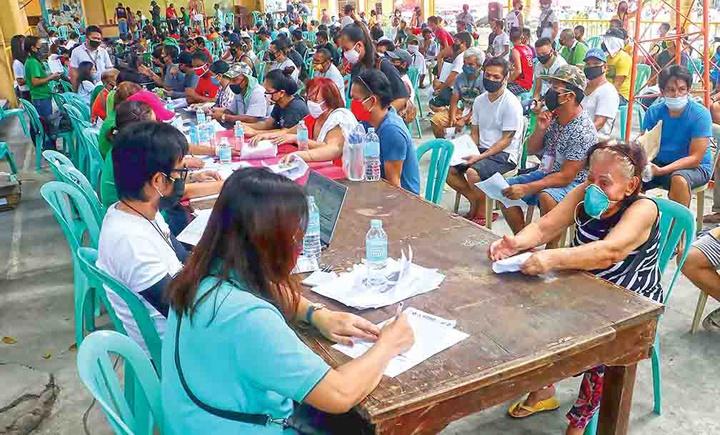
THE prices of local goods and commodities will grow slower than earlier expected for the year, the Bangko Sentral ng Pilipinas (BSP) said after the Philippine Statistics Authority (PSA) announced a slowdown in inflation in April.
In a statement on the medium-term inflation, the BSP said their latest models indicate that inflation could settle at the low end of the government’s target range at 2 percent on average for this year. This is lower than the earlier 2.2-percent forecast for 2020.
The statement was made after the PSA announced that inflation in April hit a five-month low to 2.2 percent. This is the slowest since November when inflation averaged 1.3 percent.
If realized, a 2-percent inflation average for the year will mean the growth of consumer prices can slip below the government’s 2 to 4 percent target in some months of the year.
Muted demand for various goods and services will likely keep inflation low, according to local economists.
The increase in the price of commodities has been slowing since February when inflation slowed to 2.6 percent from 2.9 percent in January.
“Contributing to the downtrend in the headline inflation in April 2020 was the further decrease in the annual rate of the transport index,” National Statistician Claire Dennis S. Mapa said.
“Specifically, annual decline was observed in petroleum and fuels for personal transport equipment at -28.6 percent in April 2020, from -12.3 percent in March 2020,” he added.
Experts weigh in
Ateneo Center for Economic Research and Development (ACERD) Director Alvin P. Ang told the BusinessMirror that the 2.2-percent inflation rate was higher than his initial forecast.
However, Ang said inflation will remain low for the rest of the year given the extension of the lockdown and the general slow growth in the global economy.
University of Asia and the Pacific School of Economics Dean Cid Terosa told the BusinessMirror that if the enhanced community quarantine (ECQ) is lifted and the spread of the virus is contained, only then can demand recover.
This recovery could allow inflation—an indicator of demand—to rise in June and peak at around 2.8 to 3 percent by the end of the first semester.
Terosa said the recovery of spending and “pent-up demand” will allow inflation to increase beyond 3 percent.
Unionbank Chief Economist Ruben Carlo O. Asuncion agreed, but said the recovery in demand may still be muted immediately after the ECQ and the general community quarantine (GCQ) are lifted.
A true recovery in demand, Asuncion told this newspaper, would only be possible if a vaccine is discovered and be successfully administered.
“A vaccine discovered and its successful administration to the population will definitely turbo boost demand immediately,” Asuncion said.
Warning
Philippine Economic Society (PES) President Emilio S. Neri told the BusinessMirror that risks abound. The slowdown in the increase in inflation may be faster if “oil prices collapsed to negative.”
The PSA’s data that showed food inflation increasing to 3.4 percent in April from 2.9 percent in April 2019 and 2.6 percent in March was a concern.
“Higher food prices is a concern considering that decline in demand should have translated to lower prices,” Neri said.
One possible explanation for the rising food prices is the agriculture sector’s failure to deliver goods due to checkpoints and other logistics issues at the start of the quarantine.
Neri hopes this situation will not continue, especially if the country encounters a new wave of infections.
Efforts to address this include ensuring that supply chains and logistics firms are “working smoothly” to enable the continuous flow of goods for the market.
“The risk of a new wave of infections is that we might have shortages, rationing. We must do everything to avoid that,” Neri said.
“[The recovery of demand] depends on a lot of things, including how well we provided those who lost their incomes during the lockdown,” he added.
PSA data
Data showed inflation in NCR eased to 1.2 percent in April 2020, from 1.7 percent in the previous month. The year-on-year inflation in the area in April 2019 was higher at 3.1 percent.
The slowdown in NCR inflation was traced to declines in the annual rates posted in the indices of housing, water, electricity, gas and other fuels at 1.7 percent; and transport at 6.5 percent.
Meanwhile, the annual inflation in areas outside NCR also slowed to 2.5 percent in April 2020, from 2.7 percent in March 2020. In April 2019, inflation in areas outside NCR was posted at 3 percent.
A further drop in the annual rate of transport index at 6 percent during the month primarily pushed down the inflation in areas outside NCR.
 Philippine Economic Society (PES)
Philippine Economic Society (PES)